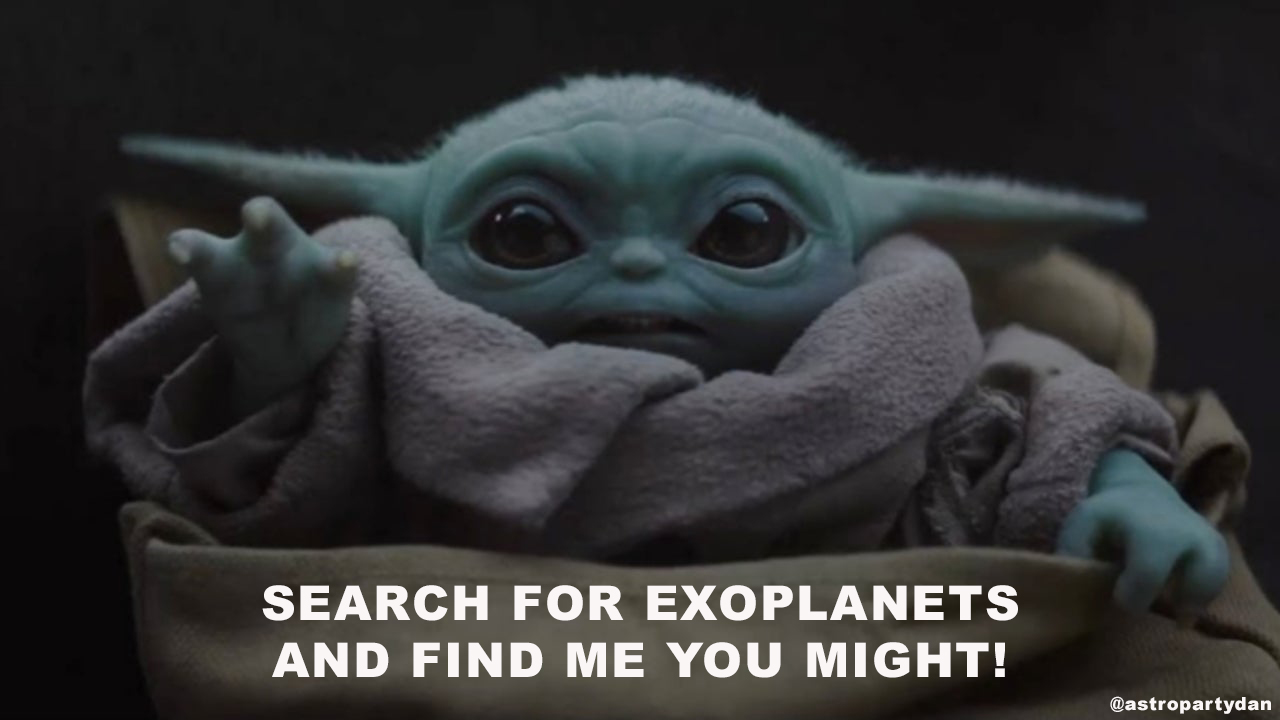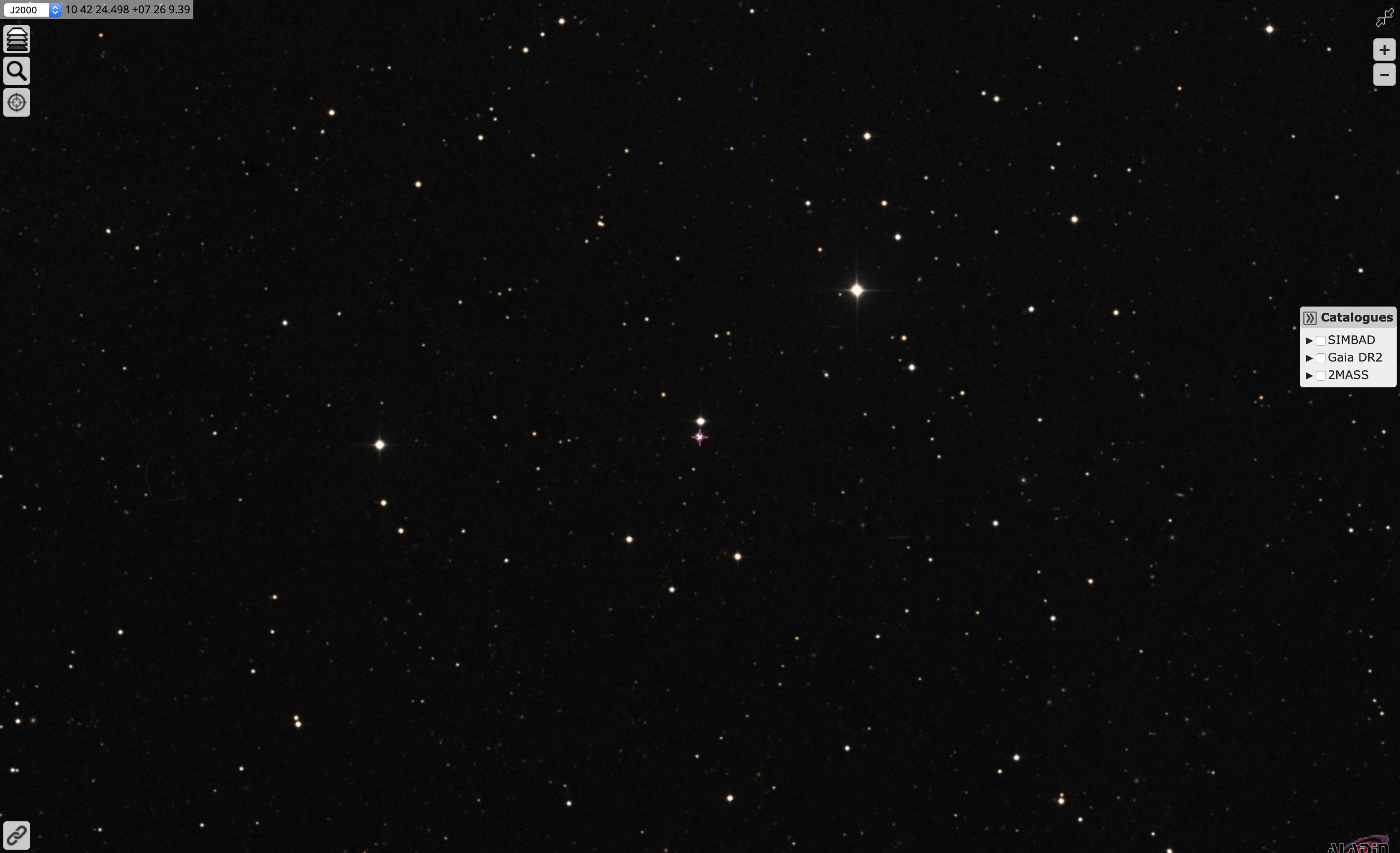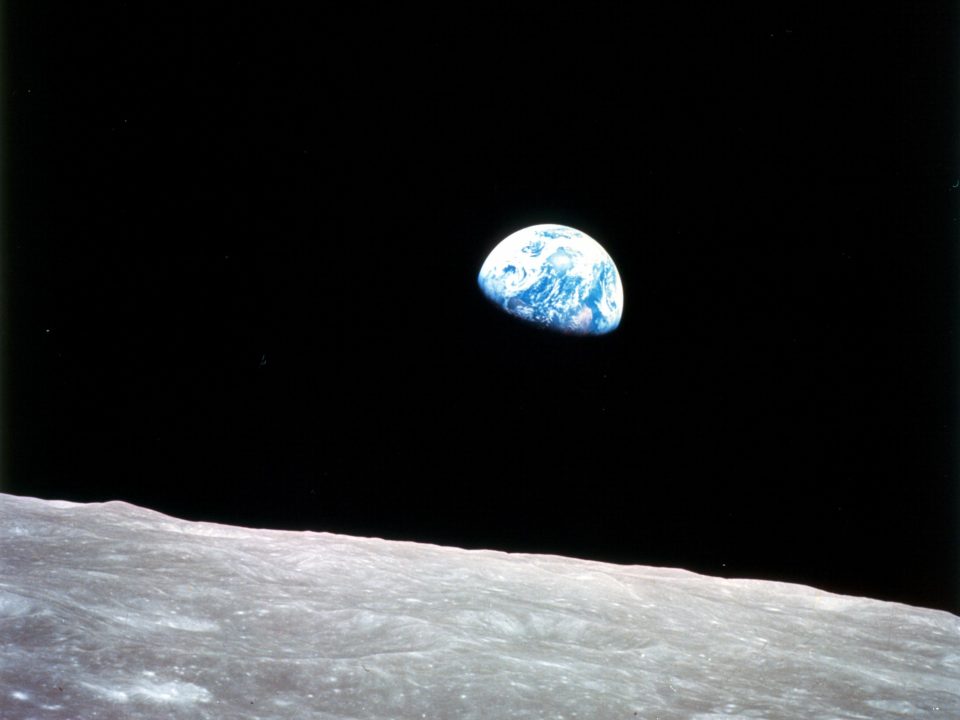
Get your Unistellar eVscopes and help observe an exoplanet this weekend!
January 11, 2020
Feb. 1 – Feb. 9 Weekend Edition: Get your Unistellar eVscopes and help observe exoplanets!
January 29, 2020Dear Unistellar eVscope users,
Today is my birthday and for a gift, I want you to be involved in something innovative like participating in the very first second Unistellar exoplanet detection campaign? Then charge up those eVscopes and get ready because we need your help tonight to try and observe a NASA TESS exoplanet!
If you didn’t catch my last post on this topic, my name is Dan Peluso and I am doing my PhD in astrophysics with Franck Marchis (astronomer at the SETI Institute) and as a portion of my research I want to see if it is possible for any astronomy enthusiast around the world to coordinate with planet hunting scientists like us to help contribute to the search for planets around other stars (a.k.a. exoplanets).
Currently, one of the best planet hunting missions in operations is NASA’s Transiting Exoplanet Survey Satellite (a.k.a. TESS). Although NASA’s TESS is an amazing instrument, it still needs help in confirming and gathering additional data on the exoplanets it is attempting to observe. This is where YOU come in!
Exoplanet searches usually require elaborate setups, lots of study, maybe a fancy degree, and a sky mostly free of light pollution. With new technologies, such as with the new Unistellar eVscope and the citizen science network we are developing in coordination with the SETI Institute that is no longer the case!
Check out the article, Unistellar Consumer Telescope Will Help Astronomers Probe Exoplanets.
The Unistellar eVscope has already proven its capabilities to observe the transit of an exoplanet (see image 1 below).

Image 1: Transit light curve of WASP-43b. Observed with one Unistellar eVscope in March 2019 by Emmanuel Arbouch.
However, now we want to experiment with the possibilities of many eVscope users observing the same exoplanet and at the same time! Additionally, what will combining the data from many eVscopes do in helping us to learn more about these distant worlds? Can you and your eVscope help NASA TESS scientists better understand these distant worlds? Ready to find out? I am! If you are too, then please read on for directions and details.
Exoplanet Observation Details
Date of observation:
Friday, January 24, 2020
Observation Time:
6:34 pm – 10:41 pm, Pacific Standard Time
*Hey, guess what? You don’t even have to be with your eVscope this entire time! I’ve done observations this long and after setting up went inside to catch up on my favorite shows.
IMPORTANT: PLEASE CHECK THE WEATHER so if you leave your eVscope out it is not damaged by rain/snow!!!
Target:
TIC 269892793.01 (TOI 1636.01), (V=11.9). We hope to detect a new TESS planet!
(FYI, TOI means “target of interest”)
Celestial Coordinates:
Right Ascension (RA) –> 02:57:10.31
Declination (Dec) –> +33:18:45.56
(don’t forget that positive sign for your dec)! 😉
Note about celestial coordinates: In the Unistellar application on your phone, you will only be able to enter the first 6 digits (don’t worry, you’ll still get the target). For example, for 02:57:10.31, you’ll only be able to enter02:57:10, which is HH:MM:SS (hours, minutes, seconds).
Directions:
- To make sure that there is enough space on your eVscope to collect data, download any previous data on your phone, then connect to your WiFi and upload it to our server. To do this, click on “User”, then after it loads, click on “DOWNLOAD DATA”. Wait for it to finish and you will not want to use your phone while this downloads. After it downloads to phone, disconnect phone from eVscope, turn off eVscope, and connect your phone to your home high-speed WiFi network. Now select “UPLOAD DATA”.
- Make sure to charge your eVscope so it has enough charge for the ~4 hour observation
- Set up about 20-30 minutes before the observation start time
- After you connect to eVscope point at some bright stars and focus and then auto-align. Make sure it says alignment is successful
- After alignment, go to “Explore”, then scroll to the bottom and select “GoTo Ra/Dec” under the “Advanced” menu.
- Enter your RA and Dec (listed above). Double check your numbers and then hit GoTo
- Once the telescope finds your target look at the example FOV (field of view) below (image 2). Can you find your target? This is where your pattern recognition skills come in to play. If you need to slightly adjust your FOV use the joystick until the target is centered like in the example.
- Click on EnhancedVision (the “eye”).
- Your eVscope should now track the object the rest of the night
- Go back to sleep, rejoin your party, watch Baby Yoda, or anything else you’d like to do between 12 am and 5 am on a Sunday morning.
- Come back at the observation end time and put the dust cap back on and take some frames called “dark frames”. To do this, just make sure Enhanced Vision is still running and put the dust cap on the eVscope, wait about 30 seconds, remove and you’re done!
- Park your telescope and celebrate because you are officially an exoplanet hunter!
- Send us the data by downloading the data on your phone, then connecting to your wifi and uploading it to our server (I recommend sending the data to our server while you sleep, so if you’re going back to bed for a few hours, it wouldn’t hurt to have this run while you sleep (or party) a bit more. Step 1 has details on how to do this (uploading the data, not partying–you’ll have to learn how to party on your own).
This is a pilot program. This is innovative. You would be a part of the first to help develop this with us. You would be a pioneer. Let’s do this!

This is our new science goal for my PhD to use Unistellar eVscopes to find Baby Yoda! Lucasfilm/Walt Disney Pictures via Disney+





